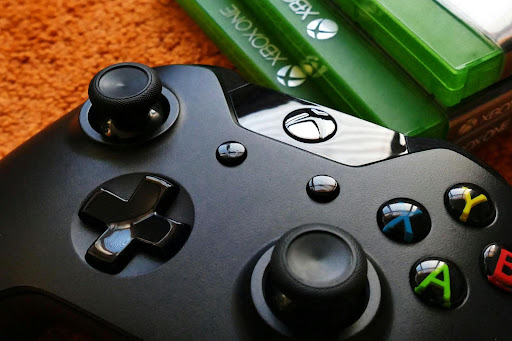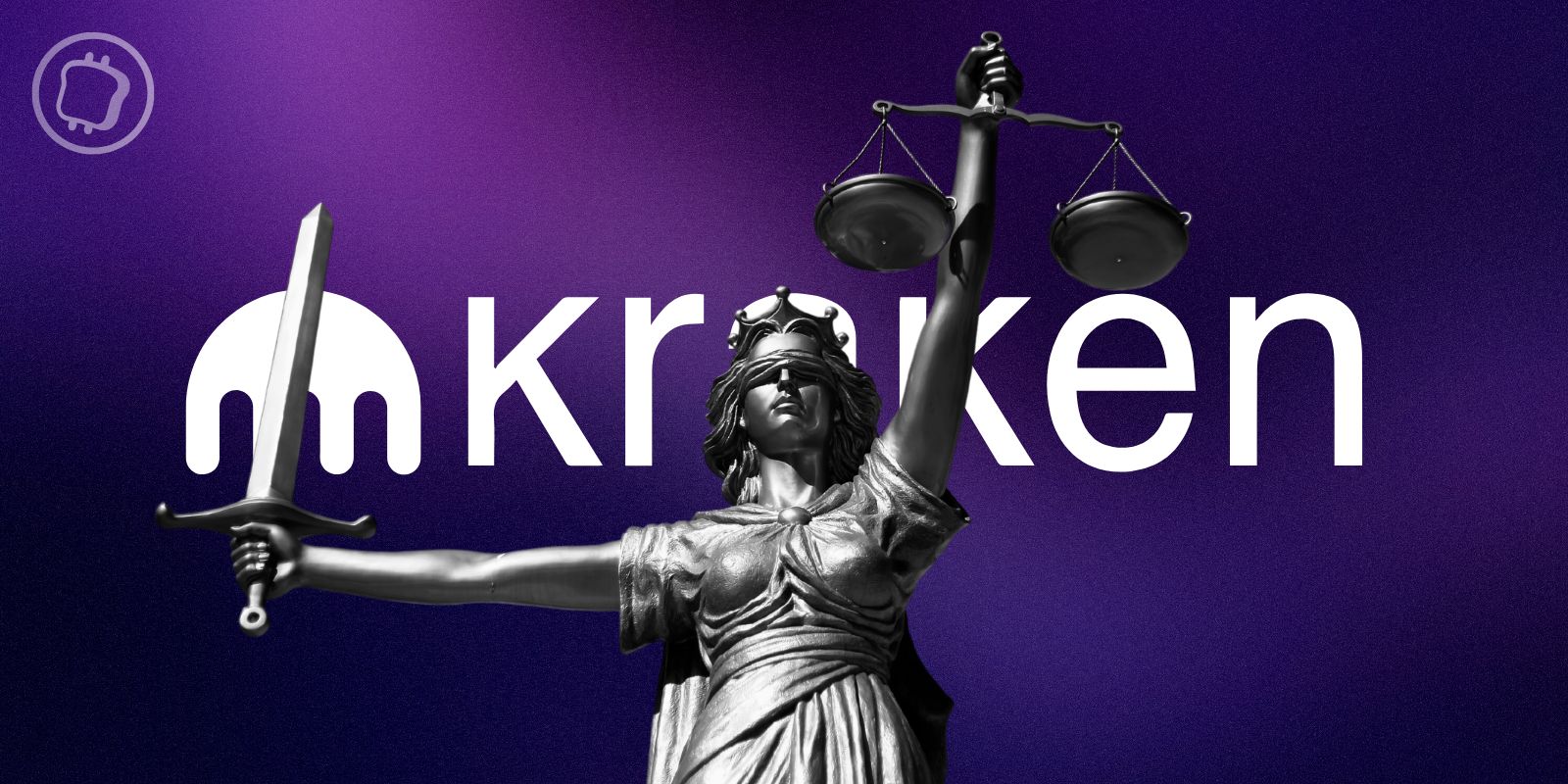
The Internet has densified the business globe. Together with the continuous growth of the global population, the competition has never been harsher in many fields.
The gaming industry is becoming increasingly saturated with ideas, game designers, and sole games.
If you’re a new kid on the gaming business block(chain), who thinks you have the greatest idea since GTA Vice City, here are some tips on how to stand out from the pack.
1. Attractive Incentives
As people now carry portable gaming platforms, i.e., smartphones, in their pockets, they have access to iGames all the time.
Many capable entrepreneurs have already spotted this market slot (pun intended), and many others are jumping on the bandwagon.
In reality, this means fiercer combat for every new player, which further requires offering intriguing new incentives. In addition to direct bonuses and welcome freebies, some iGaming websites stand out via special perks like a higher-than-average return to player (RTP). As suggested by Tom Middleton, iGaming platforms can incentivize new members by lowering the house edge and increasing the RTP. If you’re planning to build such a platform, study the rivals and see how they attract new players.
2. Engaging Social Media Campaigns
People might get confused with the innumerable options that social media offers for business promotion.
In the case of a gaming business, think about a simultaneous approach via several different tracks.
Use LinkedIn to talk business about your gaming effort – launch a company page and start connecting with other businesses. This is a good start but don’t stop here; start posting regularly (at least 2-3 times a week) and keep it relevant.
Share the interesting authentic stories from your development kitchen. If the development process is outsourced, keep informing the audience about the progress and write about current affairs from the industry. That’s how you’ll grow organic followers before the game is launched. If your followers notice you as a valuable source of updates, news, and interesting stories, they’re more likely to try your game once it’s live.
Simultaneously with the company networking, give yourself a proper title, in line with your operations, and may your networking begin. People will identify the game with its founder or manager(s). That’s why personal branding also matters.
3. Alluring Game Stories
Easier said than done, but still a sustainable option for freshman owners in the gaming business: come up with a great story, and the rest may follow.
The fact that you’re planning to or have already started developing a game means that you have the internal drive. Use this passion to find the people who can help you craft a purposeful story.
Knowing that 3D animation and gaming graphics have advanced incredibly, be aware that creating visually appealing games is simply expensive.
However, great stories with poor graphics are something that could work. This doesn’t mean that you should try to make the graphics poor, but if you can’t invest in both from day one, focus on the story and handle the visuals later.
4. Specific Target Customers
Aiming at Millennial gamers with state-of-the-art gameplay and visual effects but a poor story could lead to a flop.
Likewise, a slow-paced first-person shooter meant for the Gen Alpha would most probably be an expensive experiment.
In other words, market research was invented to check the market pulse and offer the right products to the right people.
Given the dynamic context of the modern gaming business, this is the golden rule.
If you’re a gamer, you’ll know what forums and communities to check and gather the relevant data.
For non-gamers, there are several must-follow gaming forums where you can get the juice you need to bring a proper promotional strategy, audience-wise.
5. Cool Visual Identity
Visual details that catch the eye are the best way to stand out. But does it mean that the appearance of the characters must be extraordinary? Not necessarily.
If you remember Red Dead Redemption II – that’s what a high-end visual solution looks like. The same goes for The Witcher 3. Those are some of the best gaming artworks ever.
But then, we also have Super Mario. Even in the modernized version available on contemporary gaming consoles and transferred to the big screen, Mario and Luigi are still low-end, visually cartoonish characters. And yet, they win our hearts from the first second of the game.
Interesting Related Article: ” Gaming Bliss: Run, Jump and Thrive!“
















